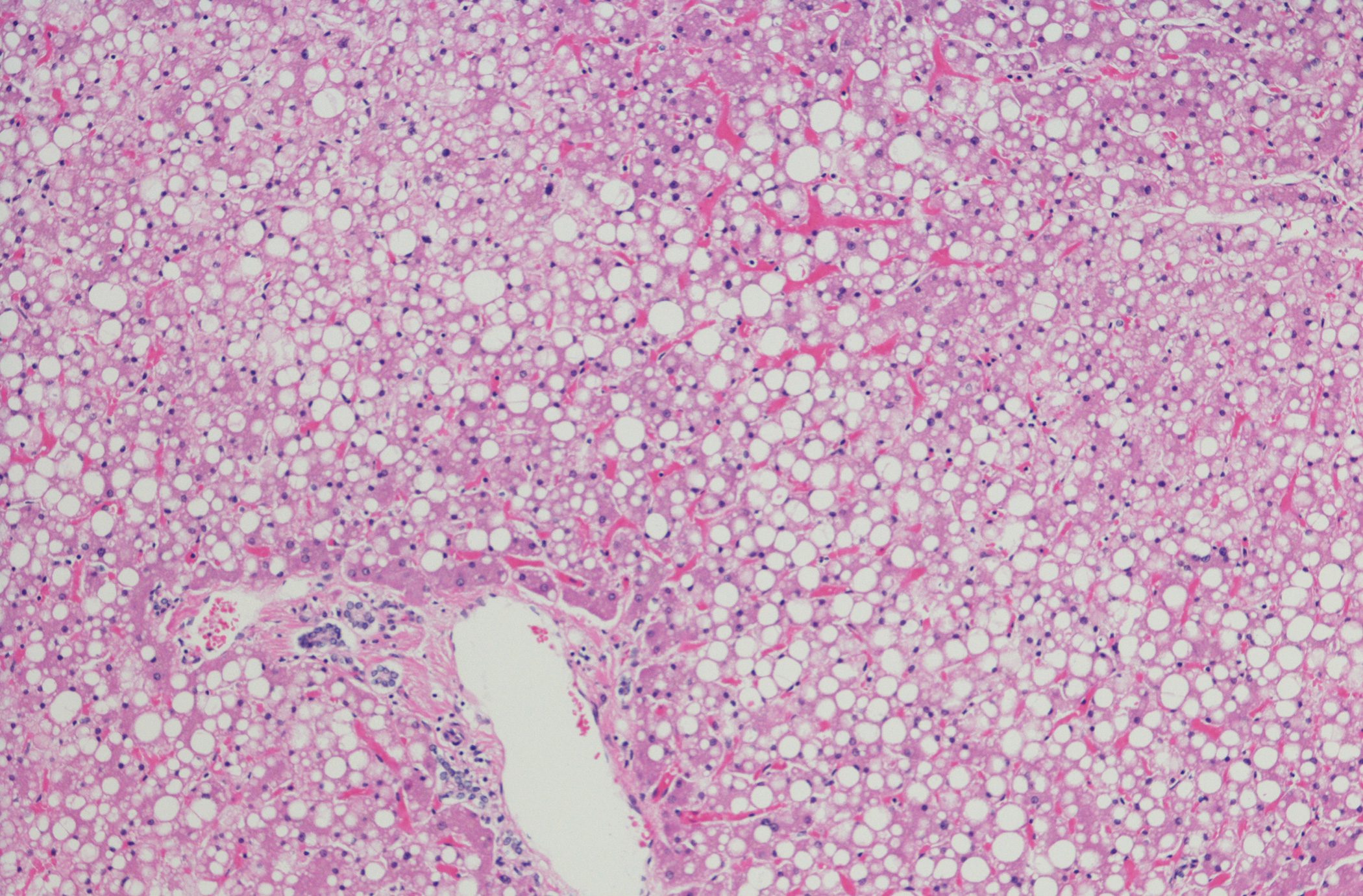The 2022 position paper of the American Diabetes Association (ADA) and the European Association for the Study of Diabetes (EASD) proposes to implement a holistic, multimodal treatment approach in the management of type 2 diabetes, based on a life span perspective. The cardiorenal status of patients is incorporated into the selection of drug therapy.
The consensus recommendations advocate an approach to integrated care for type 2 diabetes that also takes into account comorbidities, as well as social determinants, barriers to care, and individual preferences (Fig. 1) [1]. The overall goal of treating type 2 diabetes is to maintain quality of life and prevent complications. Weight control is an important component of holistic diabetes management. In addition to a balanced diet, sufficient exercise should be ensured. Numerous scientific studies have shown that measures to promote diabetes self-management can improve glycemic control and other relevant outcomes and reduce hospitalizations and all-cause mortality. Implementation of a health-promoting lifestyle should be maintained in parallel with drug therapies. Nowadays, in addition to metformin, SGLT-2 inhibitors and GLP-1 receptor agonists in particular are important pillars of pharmacotherapy. Sulfonylureas and DPP-4 inhibitors have become less important compared to the past [1].
Metformin treatment alone is often insufficient
For most diabetics, metformin remains the ‘first-line‘ therapy for the treatment of hyperglycemia. In addition to glucose-lowering efficacy and low risk of hypoglycemia, there is little risk of weight gain and the cost is low. However, monotherapy with metformin is often not sufficient to maintain blood glucose levels within the target range. For the selection of other agents as add-ons, glucose-lowering efficacy relative to the side-effect profile is an important criterion. The same applies if other drug classes have to be used due to contraindications or intolerance [2,3]. The ADA/EASD consensus paper notes that when selecting antihyperglycemic medication, special attention should be paid to subgroups of patients for whom hypoglycemia is particularly dangerous, for example, the elderly and frail. When using sulfonylureas or insulin, it is advisable to consider less stringent target values or a change in therapy in such situations. In particular, diabetics with an increased risk of cardiorenal disease can greatly benefit from the cardio- and nephroprotective effects of the modern substance classes of SGLT-2 inhibitors (SGLT-2-i) and GLP-1 receptor agonists (GLP-1-RA). Therefore, according to ADA/EASD consensus recommendations, all diabetic patients with chronic kidney disease (eGFR <60 ml/min per 1.73m2 or albumin creatinine quotient >3.0 mg/mmol) should be offered either an SGLT-2-i or a GLP-1 RA.

GLP-1-RA and SGLT-2-i: added value through organ-protective additional benefit
In patients with heart failure (HFrEF and HFpEF)*, the use of an SGLT-2-i is recommended. Meta-analytic comparisons of cardiovascular outcomes trials (CVOTs) evaluating SGLT-2-i confirmed that this class of agents reduced MACE (myocardial infarction, stroke, or cardiovascular death), hospitalization for heart failure, and a composite renal end point in placebo comparisons [4,5]. The mechanism of action of SGLT-2-i is to increase renal glucose excretion by inhibiting sodium-glucose co-transporter-2 (SGLT-2) in the renal proximal tubule, through which 90% of glomerular-filtered glucose is reabsorbed [6]. With regard to GLP-1-RA, a meta-analysis of relevant CVOTs demonstrated the placebo superiority of this class of compounds with respect to MACE and its individual components, as well as with respect to a composite renal endpoint (including albuminuria) [7]. GLP-1 receptor agonists mimic the action of the endogenous hormone GLP-1 (glucagon-like peptide-1), which stimulates glucose-dependent release of insulin from pancreatic β-cells and suppresses glucagon secretion. GLP-1 also causes gastric emptying delay and appetite inhibition, which contributes to weight loss [6].
* HFrEF=heart failure with reduced ejection fraction, HFpEF=heart failure with preserved ejection fraction.
Combination therapies offer advantages
The early use of drug combinations allows tighter glycemic control than monotherapy with the individual agents. Therefore, combination therapies are indicated in those whose HbA1c levels >are 1.5% above target (≥70 mmol/mol for most) [3]. Especially in young adults with type 2 diabetes, immediate and sustained glycemic control should be sought whenever possible to reduce the risk of diabetes-related complications across the lifespan. The ADA/EASD recommendations specify an HbA1c<53 mmol/mol as the target value. Moreover, according to current knowledge, the pathophysiology of microvascular and macrovascular damage has more in common than previously thought, suggesting that prevention of microvascular disease also contributes to a reduction in macrovascular complications in the long term [9]. There is a growing body of evidence supporting the potential benefit of combined treatment with an SGLT-2-i and a GLP-1 RA. A post hoc analysis of data from the Exenatide Study of Cardiovascular Event Lowering (EXSCEL) suggests that the combination of exenatide (once weekly) with an SGLT-2-i reduces all-cause mortality and attenuates the decline in eGFR compared with treatment with exenatide as monotherapy [10].
With all combination therapies, it is important to consider drug-drug interactions and to verify that adherence is still maintained in the face of a more complex treatment plan. In this respect, the use of fixed combinations has proven successful.
Evaluate therapy regularly and adjust if necessary
Response to treatment should be reviewed at regular intervals, both in terms of efficacy (HbA1c, weight), safety, and organ-protective effects. While most diabetics require intensification of blood glucose-lowering therapy as they progress, some require reduction or discontinuation of medications, whether for reasons of efficacy or side effects, or when blood glucose targets need to be adjusted due to changes in clinically relevant circumstances (e.g., development of concomitant diseases or age-related changes). If HbA1c levels are below 48 mmol/mol (6.5%) or well below the individual blood glucose target, medications associated with an increased risk of hypoglycemia should be discontinued or reduced in dose.
The role of insulin in the treatment of type 2 diabetes
The main advantage of insulin therapy is that it lowers blood glucose in a dose-dependent manner and is effective for almost any degree of hyperglycemia. Challenges include titration for optimal insulin effectiveness, the need for regular glucose monitoring, the risk of hypoglycemia, and potential weight gain. The various insulins available on the market differ primarily in their flare-up and peak effect. NPH and modern long-acting insulin analogues are available as long-acting insulins. Both insulin glargine U100 and insulin degludec have demonstrated cardiovascular safety in dedicated CVOTs [11,12]. According to consensus recommendations, long-acting insulin analogues should be preferred to NPH insulin for basal insulin therapy, especially because of the reduced risk of nocturnal hypoglycemia [13]. Comprehensive education about self-monitoring of glucose levels, as well as nutrition, insulin self-dosing, and injection technique is extremely important. In this context, it is also important to address how hypoglycemia can be prevented or treated [2,3]. Continuous glucose monitoring (CGM) systems can be very helpful for insulin-dependent type 2 diabetics [16]. Prefilled syringes, autoinjectors, and intranasal insufflators are available for the administration of glucagon in severe hypoglycemia [14].
Literature:
- Davies MJ, et al: Management of Hyperglycemia in Type 2 Diabetes, 2022. A Consensus Report by the American Diabetes Association (ADA) and the European Association for the Study of Diabetes (EASD). Diabetes Care 2022; 45(11): 2753-2786.
- Davies MJ, et al: Management of hyperglycaemia in type 2 diabetes, 2018. A consensus report by the American Diabetes Association (ADA) and the European Association for the Study of Diabetes (EASD). Diabetologia 2018; 61: 2461-2498.
- Buse JB, et al: 2019 update to: Management of hyperglycaemia in type 2 diabetes, 2018. A consensus report by the American Diabetes Association (ADA) and the European Association for the Study of Diabetes (EASD). Diabetologia 2020; 63: 221-228.
- McGuire DK, et al: Association of SGLT2 inhibitors with cardiovascular and kidney outcomes in patients with type 2 diabetes: a meta-analysis. JAMA Cardiol 2021; 6: 148-158.
- Giugliano D, et al: Sodium-glucose co-transporter-2 inhibitors for the prevention of cardiorenal outcomes in type 2 diabetes: an updated meta-analysis. Diabetes Obes Metab 2021; 23: 1672-1676.
- Nationale Versorgungsleitlinie (NVL), Typ-2-Diabetes, 2. Auflage – Teilpublikation, www.leitlinien.de/themen/diabetes/2-auflage/kapitel-2, (last access 24.11.2022)
- Lee MMY, et al: Cardiovascular and mortality outcomes with GLP-1 receptor agonists in patients with type 2 diabetes: a meta-analysis with the FREEDOM cardiovascular outcomes trial. Diabetes Metab Syndr 2022; 16: 102382
- Shaman AM, et al. Effect of the glucagon-like peptide-1 receptor agonists semaglutide and liraglutide on kidney outcomes in patients with type 2 diabetes: pooled analysis of SUSTAIN 6 and LEADER. Circulation 2022; 145: 575-585.
- Brownrigg JRW, et al: Microvascular disease and risk of cardiovascular events among individuals with type 2 diabetes: a population-level cohort study. Lancet Diabetes Endocrinol 2016; 4: 588–597.
- Clegg LE, et al: Effects of exenatide and open-label SGLT2 inhibitor treatment, given in parallel or sequentially, on mortality and cardiovascular and renal outcomes in type 2 diabetes: insights from the EXSCEL trial. Cardiovasc Diabetol 2019; 18: 138.
- Marso SP, et al; DEVOTE Study Group. Efficacy and safety of degludec versus glargine in type 2 diabetes. N Engl J Med 2017; 377: 723-732.
- Gerstein HC, et al: ORIGIN Trial Investigators. Basal insulin and cardiovascular and other outcomes in dysglycemia. N Engl J Med 2012; 367: 319-328.
- Madenidou AV, et al: Comparative benefits and harms of basal insulin analogues for type 2 diabetes: a systematic review and network meta-analysis. Ann Intern Med 2018; 169: 165-174.
- Lowe RN, Williams B, Claus LW: Diabetes: how to manage patients experiencing hypoglycaemia. Drugs Context 2022; 11: 2021-9-11.
- Kanaley JA, et al: Exercise/physical activity in individuals with type 2 diabetes: a consensus statement from the American College of Sports Medicine. Med Sci Sports Exerc 2022; 54: 353-368.
- Draznin B, et al.: American Diabetes Association Professional Practice Committee. 7th Diabetes technology: standards of medical care in diabetes-2022. diabetes care 2022; 45(Suppl. 1): S97-S112
CARDIOVASC 2022; 21(4): 24-25














